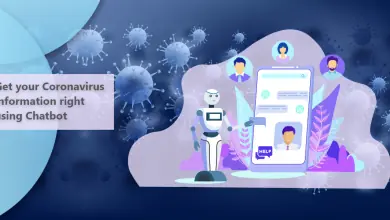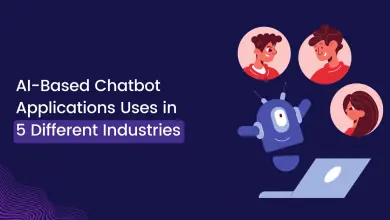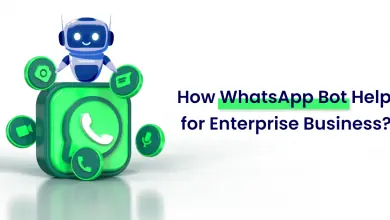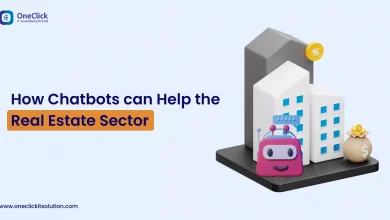How to Create Chatbot with Artificial Intelligence?
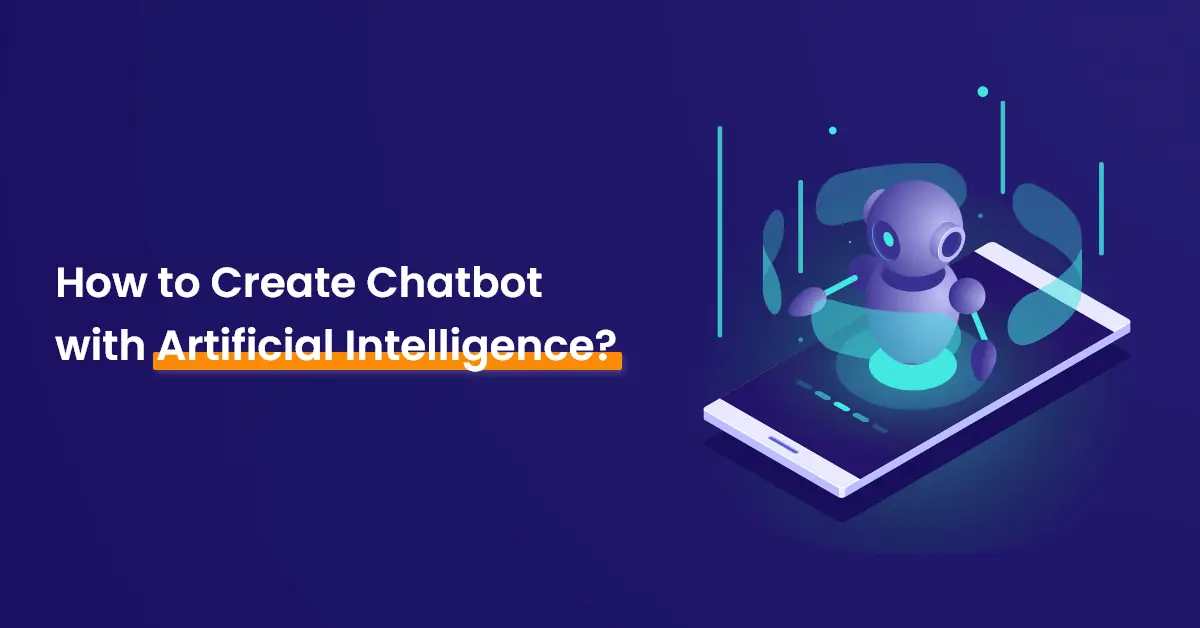
Overview to Create a Chatbot
From development to production, an overview of the main steps to follow to develop a conversational agent taking advantage of machine learning. The maturity of natural language processing (NLP) technologies has paved the way in recent years for the development of chatbot capable of exchanging on the fly in natural language. Until now, conversational agents or chatbots have generally been satisfactory in response using keywords.
Without being able to understand the overall meaning of the requests submitted to them. They could lean against decision trees with very directed scenarios – with multiple questions guiding the journey (e.g.: “What type of clothing are you looking for?” “What size?” “What color?”).
In the end, the comprehension and interaction capacities of these chatbots proved to be limited. Machine learning is changing everything. It allows bots to grasp the intention of a question and therefore to offer more open conversation scenarios.
Despite the youth of the discipline, a methodology is beginning to emerge to develop and implement this new type of bot.
8 Steps That Can Help You Create Chatbot with Artificial Intelligence
1. Identify the Main Conversational Scenarios to Implement
Before embarking on the development of a chatbot, it is important to clearly define the functional scope to target. Will the chatbot be limited to managing access to a knowledge base, with a view to customer support for example? Should it integrate more advanced business processes (purchase type, invoicing, etc.)?

2. Based on Existing Customer Relationship Data
Once the project has been framed, it is recommended to make an inventory of all the questions that future bot users are likely to ask. In the case of a B2C chatbot, you can draw inspiration from the questions submitted via the search engine of the company’s website, or even from queries entered into Google on the targeted theme. This information will make it possible to identify the different ways of formulating the same request in natural language.
The FAQs and other customer verbatim entered in the company’s CRM system are other components that should not be overlooked. If the work has been done well upstream, they should contain the most important questions to integrate into the bot with the associated answers.
3. Configure the Language Processing Layer
This is a key stage of the project. It consists in configuring all the questions which the conversational agent must be able to answer. This phase will be all the more critical if the bot sets transactional processes to music. In the case of a restaurant reservation apps scenario, for example, it will be necessary to implement all the possible requests and corresponding actions to be carried out: checking the availability of tables, reservations, cancellation, food delivery, etc. In parallel, criteria will have to be configured to qualify the questions.
4. Give the Chatbot “A Personality”
In order to give credibility to the bot’s AI capacities, it is recommended to add elements of “personality” to the conversational logic. The ultimate goal is to make the interaction with the machine more natural for the user.
The bot’s “personality” must also be made consistent with the brand’s universe.
5. Train the Chatbot to Make it More Efficient
Once the chatbot is assembled around its NLP brick (which can be provided by a cloud provider or a chatbot app development service provider, comes the application testing phase. The QA teams will have to put the conversational agent to the test. Via this process called “bot training”, the objective is to submit to the chatbot all the possible turns of the questions to which it will have to answer, and thus to allow its linguistic self-learning engine to ingest them.
6. Use AI Bricks other than Conversational
In order to enrich the bot’s usage scenarios, it is possible to use complementary AI technologies, going beyond the domain of language processing. The integration of an image recognition engine could for example allow the conversational agent to recognize an article on a photo taken in-store, and to answer a question associated with this photo, especially in the case of eCommerce apps and websites.
Machine learning will continue to fuel the bot’s knowledge base throughout its lifecycle.
As a background task, a matching algorithm could also be used to process requests with multiple variables without a preconceived answer.
7. Integrate the Bot into the Information System
If the chatbot sets business transactional processes to music (order management, stocks, financial flows, etc.), it will then be necessary to launch gateways to third-party applications (CRM, ERP, etc.). Links that can be activated by APIs or by orchestrated connectors via an integration bus, possibly provided in cloud mode.
8. Don’t Stop Enriching Your AI Once the Bot is in Production
Even if the bot will have been correctly configured and then trained, it will still be fallible. Hence the importance of letting machine learning continue to feed its knowledge base throughout its life cycle. The conversational agent can ask the user if he is satisfied, and use this feedback to improve and take into account new formulations. To complete this adjustment work, the bot logs can also be screened by the self-learning engine.
Always with a view to improving the quality of the bot, it can be considered to offer several possible requests to the user if the question asked is not sufficiently clear. “If the user mentions ‘an invoice problem’, we can ask him, for example, whether he wishes to consult his invoice history or to dispute an invoice received”. The option chosen will also represent in itself information that can further refine the bot’s ability to grasp the subtleties of the formulation.

To Conclude
Integrating chatbots with Artificial Intelligence (AI) is the need of the hour as the customer’s demand increases. Such chatbot development offers all types of businesses a competitive edge and refines customer service. Needless to mention, it saves the cost and time in hiring resources to answer these queries. For a custom solution, it is recommended that you outsource such crucial development to an experienced chatbot application service provider.
At OneClick, we have a team of experts who have developed smart and seamless chatbots to provide impeccable customer service for both websites and mobile apps. Contact us for your project requirements and get a FREE demo of the different chatbots we have developed.


